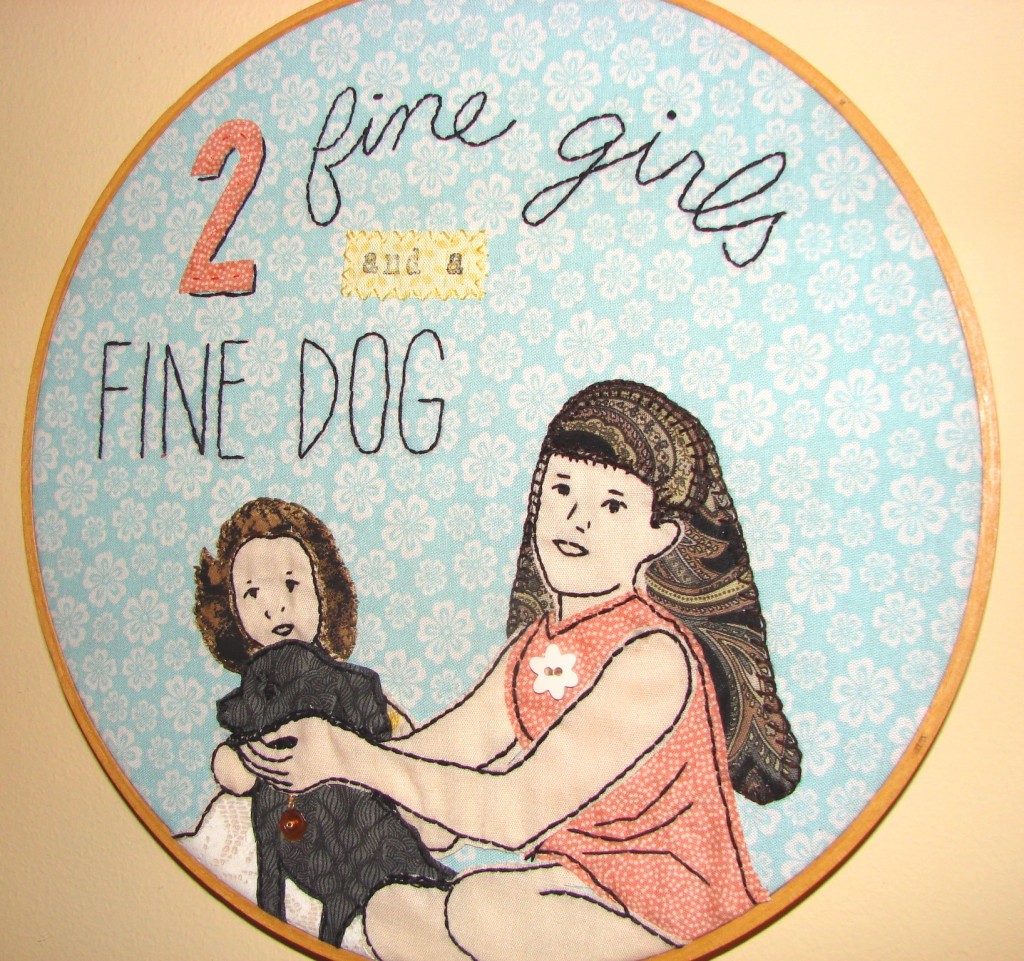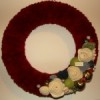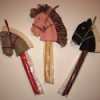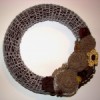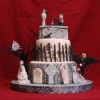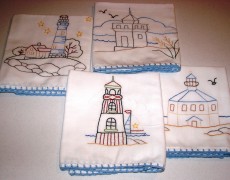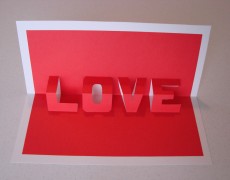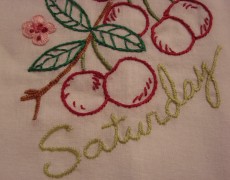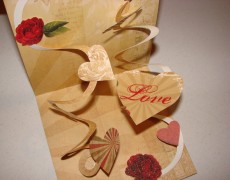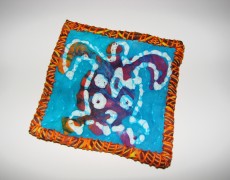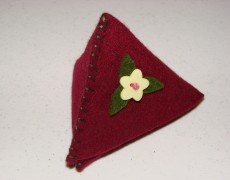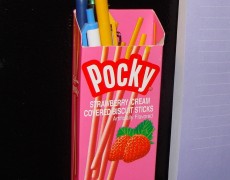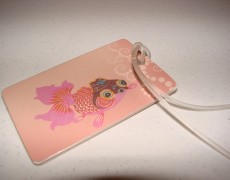2 Fine Girls and a Fine Dog
Last week, I ran across a picture of my sister, Cindy, and I posing with our childhood pet, a chubby fox terrier named Ginger. (We insisted that her name should be Ginger, despite that fact that her fur was black as coal.)
I have a strangely vivid memory of posing for this picture. Me in the back, my legs covered with the crocheted shawl that, to my 7-year-old eyes, seemed like the epitome of feminine beauty. My sister in the front, lovingly directing Ginger’s face toward the camera so she could be properly immortalized by my mother, who was standing in the living room, holding the camera.
The quote is from my Uncle Lynwood, who was a little inebriated at a family gathering and repeatedly commented that my mother had “two fine girls and a fine dog.” (Actually, the authentic quote is “three fine girls and a fine dog”… even funnier, because Uncle Lynwood was mistakenly including Cindy’s friend, Laura, in the sister count.)
For my sister’s birthday this year, I depicted these memories in fabric. I enlarged the photo and then cut it up to create pattern pieces. If you try to do something similar, I have some tips for you.
1. Fabric choices
The background should be light, for high contrast with the figures and text. The design of the background shouldn’t be too busy, but it is nice to have a pattern rather than a solid. Using a solid color for the flesh is essential, so that the embroidered features will show up, but for everything else, think about using prints, to make the picture livelier and give it added visual interest.
2. Embroidery
Don’t cut out the pieces until after you’ve done the embroidery, so that you can use an embroidery hoop to hold the fabric taut as you work on the stitching.
You can try altering your picture with one of those digital-effects apps, to “cartoon-ize” it and eliminate much of the extraneous detail. If the flesh colored fabric is light, you can lay it right over the enlarged copy of the picture and draw the embroidery lines with a fabric pencil.
Use simple stitches and avoid the temptation to put in too much detail. Think about where you will need to cut the fabric, and make sure to avoid those areas with your embroidery, and tie off your stitching on either side of the cut line.
3. Piecing
Cut out the figures, cutting a little beyond the stitched outlines. You may want to lightly treat the cut edges of the fabric with diluted fabric glue or a product designed to stop fabric from fraying, which might allow the stitches to come undone.
Start with the figures that are farthest back in the photograph, and work your way forward.
4. The Hoop
Some people like to glue the fabric to the hoop and trim it, so that there are no raw edges showing. I prefer putting the hoop in place, trimming the fabric about an inch beyond that, and then stitching with wide, loose stitches all around. Pulling on the end of the thread causes the fabric to gather up, out of sight. I like this because the image can later be repositioned if you desire.
I hope my sister likes the hoopla I sent in honor of her birthday!

